Get rid of that musty smell and mold stains with a strategy that focuses on materials and moisture control
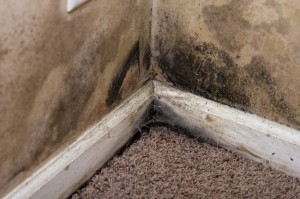 You don’t need to hire a specialist to determine whether or not you have a mold problem in your basement. Mold announces itself with an unpleasant musty smell and with mottled stains on organic materials like fabric, paper, leather and wood.
You don’t need to hire a specialist to determine whether or not you have a mold problem in your basement. Mold announces itself with an unpleasant musty smell and with mottled stains on organic materials like fabric, paper, leather and wood.
Mold is a problem you can’t ignore. Apart from damaging materials, mold can cause a wide range of health problems. Most of these ailments occur as a result of people inhaling microscopic mold spores. Not surprisingly, mold is a major issue in real estate transactions, so it’s a problem you’ll have to solve before putting your house on the market.
Mold loves a basement
Basements and crawl spaces can be ideal mold habitats unless care is taken to control moisture and limit the use of cellulose-rich materials like paper, fabric, leather and wood. In your upstairs living space, these materials are unlikely to attract mold because they stay dry. But in the basement, there can be enough moisture to make organic materials appetizing for mold. Building Scientists (the experts who study how houses perform in terms of comfort, energy performance and durability) recommend a mold mitigation strategy that focuses on these two factors: materials and moisture.
The first step is to remove mold and mold-damaged materials.
Bleaching and cleaning compounds are available for killing mold. But instead of scrubbing and scouring surfaces with visible mold colonies, it’s often better to simply remove moldy materials –especially favorite mold foods like paper-faced drywall, wood paneling, leather furniture and wood framing in contact with the basement floor. Although this demolition work is messy and discouraging, it’s really the best way to discourage future mold infestations. For materials and surfaces that must remain in place, kill the mold with bleach before cleaning and drying the surface.
Eliminate favorite food items, or make sure they can’t get wet.
Mold loves wet cellulose. That’s why it’s smart to limit the use of building materials like paper-faced drywall, wood framing, wood paneling and wood floor sheathing. Because these materials will absorb and hold moisture, they should be eliminated from the basement or (at the very least) kept well off the basement floor. There are inorganic alternatives to these “above-grade” building materials: steel studs, paperless gypsum board and plastic floor tiles like the ThermalDry® flooring available from Total Basement Finishing contractors.
The organic materials that remain in your basement won’t attract mold if they stay dry. So it’s important for any basement to have an effective waterproofing system. If your house has a sump pump, consider upgrading to a sump pump “system” that includes battery backup. If the power goes out, a premium sump pump system like the TripleSafe® model from Basement Systems provides extra protection against basement flooding.
Even in a “dry” basement, humidity levels can be high because of the moisture your foundation absorbs from the soil and releases into the basement air. If the relative humidity in the basement is above 60%, it’s wise to run a heavy-duty dehumidifier designed for the cooler temperatures that prevail in the basement. Mold struggles when the humidity drops below 60%.

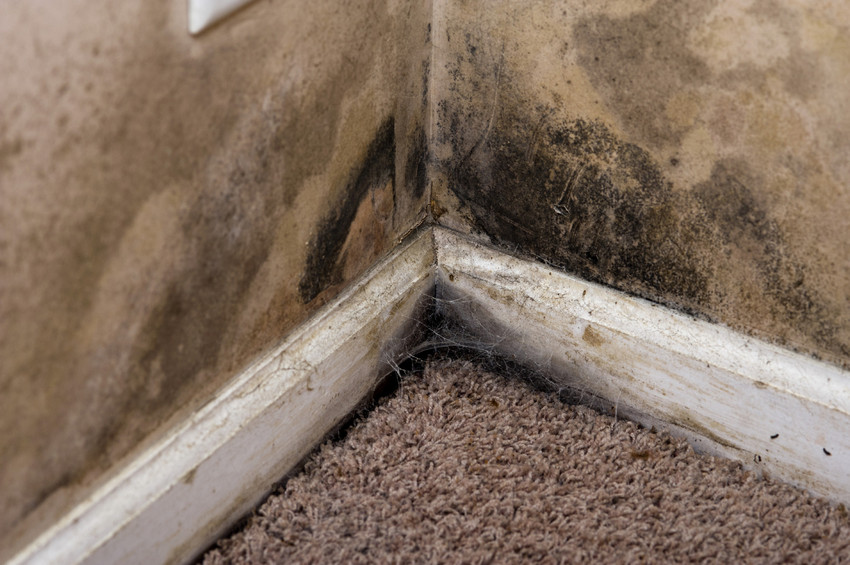

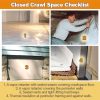
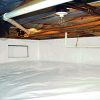
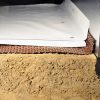

Very good information. Lucky me I recently found your blog by accident (stumbleupon).
I’ve bookmarked it for later!
A half cup of vinegar per gallon of warm water is recommended.
You will need to mix a cup of it in a gallon of water and then scrub the affected
area two or three times until all the traces of mold have been removed.
To do this, use all three of these natural green methods.